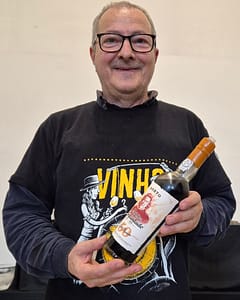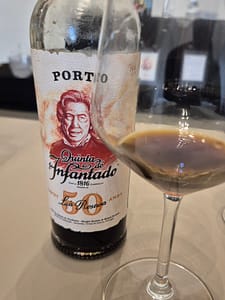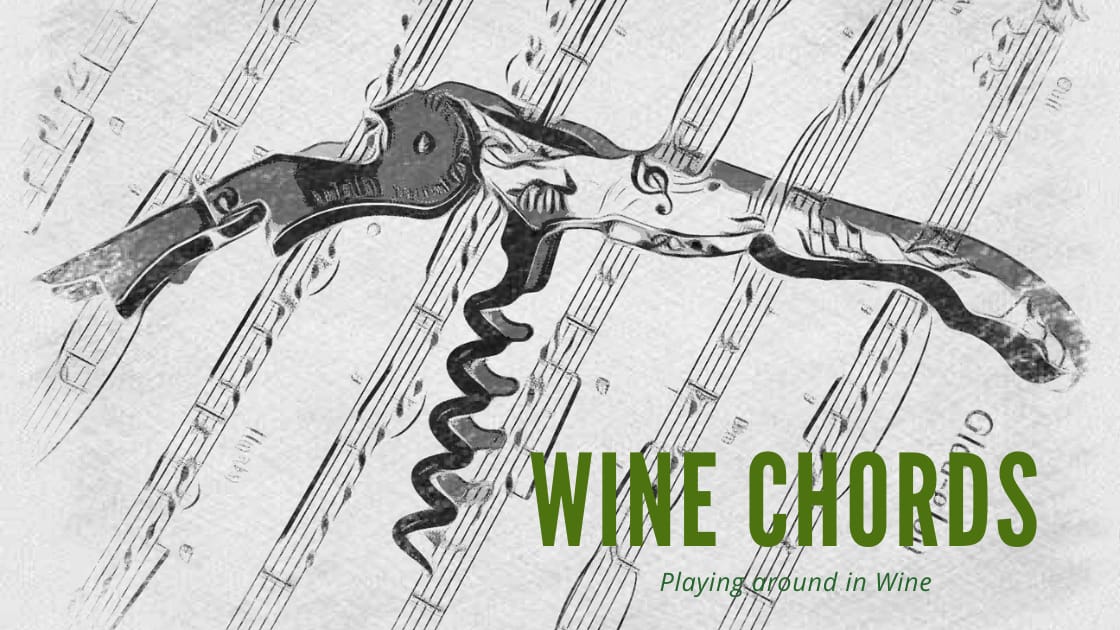Simplesmente Vinho offered this year for the first time three special tastings. One of them was dedicated to Quinta do Infantado and the release of a limited edition 50 year old tawny. The festival’s own João Roseira and his son Álvaro, now responsible winemaker, guided us through around ten wines and samples, before they presented the new tawny.

The release marks 50 years since the Portuguese Revolution, which ended the dictatorship and ushered in democracy. This special edition not only commemorates that historic moment but also pays tribute to João’s father, Luís Roseira, who was instrumental in Quinta do Infantado’s pioneering shift to estate-bottling.
The Roseira family has owned and managed Quinta do Infantado for over a century. In 1979, Luís Roseira, born on February 23, 1924, together with his brother António, led the estate’s groundbreaking decision to bottle its own wines—breaking with the tradition of selling bulk Port to the large houses in Vila Nova de Gaia. This made Quinta do Infantado the first independent producer to bottle its own Ports in the Douro region.

50 Year Old Tawny Luís Roseira (Quinta do Infantado)
Deep mahogany with greenish hue towards the rim.
Intense and complex bouquet with layers of dried fruits (figs, dates, and raisins), with caramelized nuts, toffee and nutmeg, along with hints of orange peel and coffee. Concentrated on the palate, with a rich texture balanced by vibrant acidity, with flavours that mirror the aromas, alongside a subtle minerality. The finish is extremely long, with a dry, nutty aftertaste and delicate bitter notes like dark chocolate and espresso.
This 50-year-old Tawny Port from Quinta do Infantado is a masterpiece. It reminds me of an exceptional old PX sherry, but it’s less sweet. It has multiple possibilities for pairing with food. But it is also a wine for meditation.









